MXB-JFFB Self-Lubricating Half Bearing
Cat:Self-Lubricating Bearing
MXB-JFFB self-lubricating half bearings refer to bearings that cover only half of the circumference of a shaft or axle, providing support and reducing...
See DetailsIn the precision transmission of mechanical equipment, copper plate bushings play a pivotal role. They not only guide motion but also transmit loads. However, they often become the “short-lived components” in equipment due to severe wear caused by looseness or deformation and cracking resulting from excessive tightness. How can this problem be solved? Scientifically calculating and controlling the interference fit is the core method for extending the service life of copper plate bushings.

Content
The failure of copper bushings often stems from an imbalance in interference fit:
Symptoms: Assembly becomes difficult, and the bushing is subjected to enormous radial compressive stress.
Consequences:
Conclusion: The key to extending lifespan lies in finding a “golden interference fit range”—one that provides sufficient bonding force to eliminate micro-sliding wear without generating destructive high stresses.
P_min = μ × (π × D² × L / 2) × T × S_f
Where:
T = Maximum working torque (N·mm)
S_f = Safety factor (usually 1.5–3.0; higher for vibration and impact)
μ = Static friction coefficient between the copper bushing and the steel/iron base (typical 0.1–0.2)
D = Fit diameter (nominal, mm)
L = Fit length (mm)
Even without external loads, a basic pressure of 5–15 MPa should be maintained to prevent micro-sliding.
P_max ≈ S_y × σ_yield
Where:
S_y = Yield safety factor (1.2–1.5)
σ_yield = Yield strength of the copper bushing material
Precise calculation using thick-walled cylinder theory:
P_max = 3 × σ_yield × [1 – (d_i / D)^4]
Where:
d_i = Inner diameter of the copper bushing (mm)
D = Outer diameter of the bushing/base hole diameter (fit diameter, mm)
Important: Check whether the stress in the base (cast iron, aluminum, etc.) hole wall exceeds allowable limits.
δ = P × D × (K_cu + K_h)
Where:
K_cu = (E_cu / (Do_cu² – D²)) × [Do_cu² + D² + ν_cu] (parameters for the copper bushing)
K_h = (E_h / (D² – Di_h²)) × [D² + Di_h² – ν_h] (parameters for the base)
E_cu, E_h = Elastic modulus of copper and base (copper ~110 GPa, steel ~210 GPa)
ν_cu, ν_h = Poisson’s ratios (copper ~0.34, steel ~0.3)
Do_cu = Outer diameter of the copper bushing (=D)
Di_h = Inner diameter of the base hole (0 for solid base)
Substitute P_min to obtain δ_min_th
Substitute P_max_allowable / S_y to obtain δ_max_th
δ_eff ≈ δ_design – 0.8 × (Rz_cu + Rz_h)
Rz_cu, Rz_h = Ten-point height of surface irregularities of the bushing and base hole (μm).
Temperature-difference assembly (shrink/expansion fitting) avoids flattening loss.
Corrected design values:
Temperature compensation: Calculate Δδ caused by thermal expansion/contraction to ensure:

Press fitting: Requires precise guidance, uniform pressure, lubricant (e.g., molybdenum disulfide paste), and controlled pressing speed.
Temperature-difference assembly (recommended):
Material upgrade: Use high-strength, wear-resistant copper alloys (e.g., aluminum bronze QA110-4-4, tin bronze QSn7-0.2).
Structural optimization:
Extending the service life of copper plate bushings is not about “the tighter, the better.” Instead, it involves balancing: tight enough to prevent looseness, yet not so tight as to exceed material stress limits. This requires:
For extreme operating conditions or new designs, finite element analysis (FEA) simulations and small-batch physical lifespan tests are essential to verify interference fit design. Combining theory with practice ensures copper plate bushings achieve longer lifespans, enabling smoother and more reliable equipment operation.
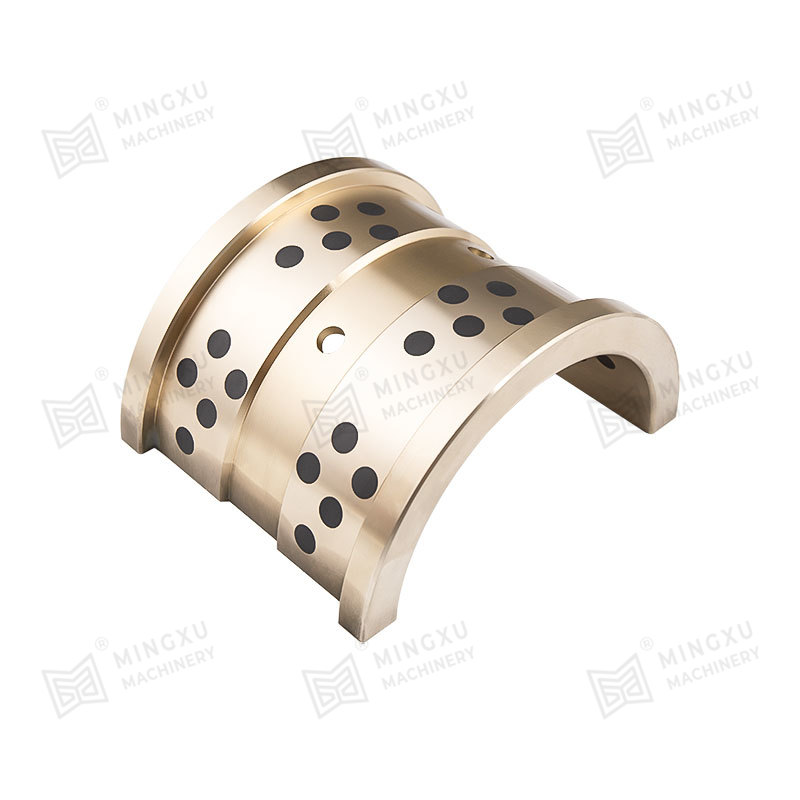
MXB-JFFB self-lubricating half bearings refer to bearings that cover only half of the circumference of a shaft or axle, providing support and reducing...
See Details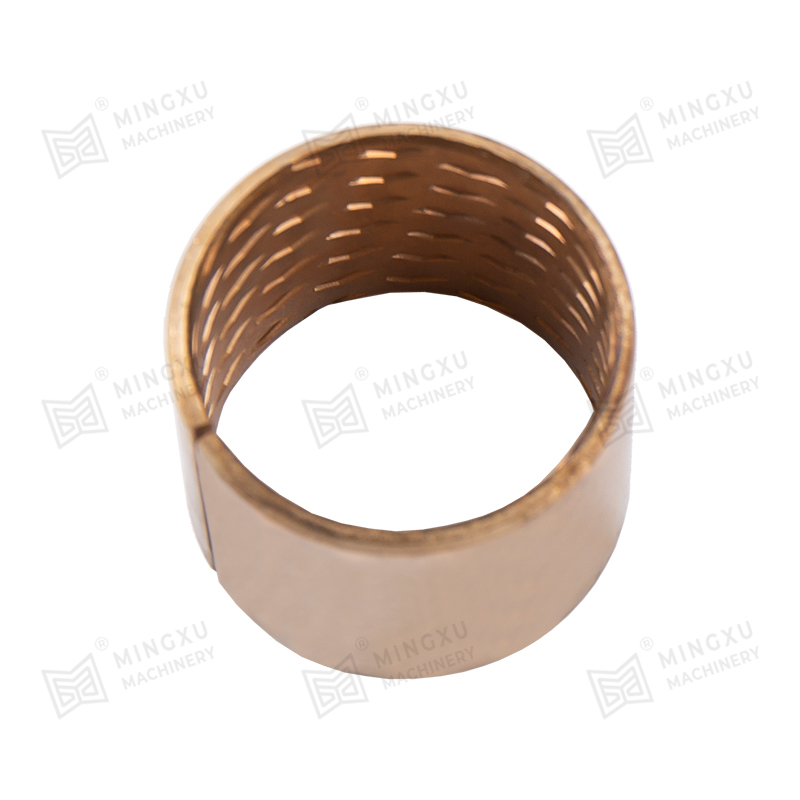
FB090 bronze bearings are made of tin bronze alloy CuSn8. The surface can be rolled with diamond or hemispherical oil holes and oil grooves according ...
See Details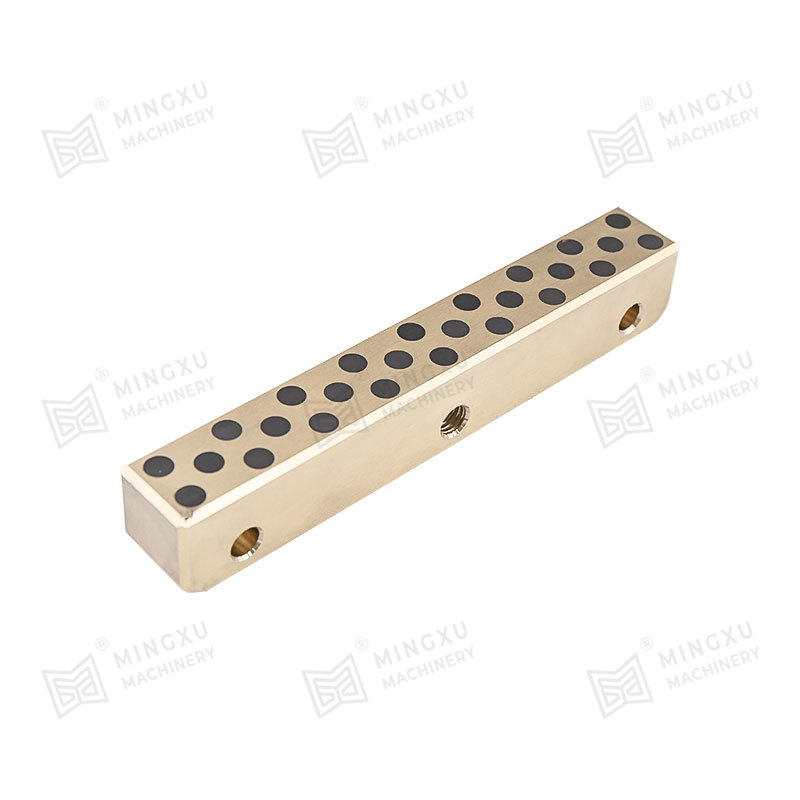
MXB-JGLDW self-lubricating guide rails are made of high-strength brass through CNC machine tools. The surface is inlaid with solid lubricants such as ...
See Details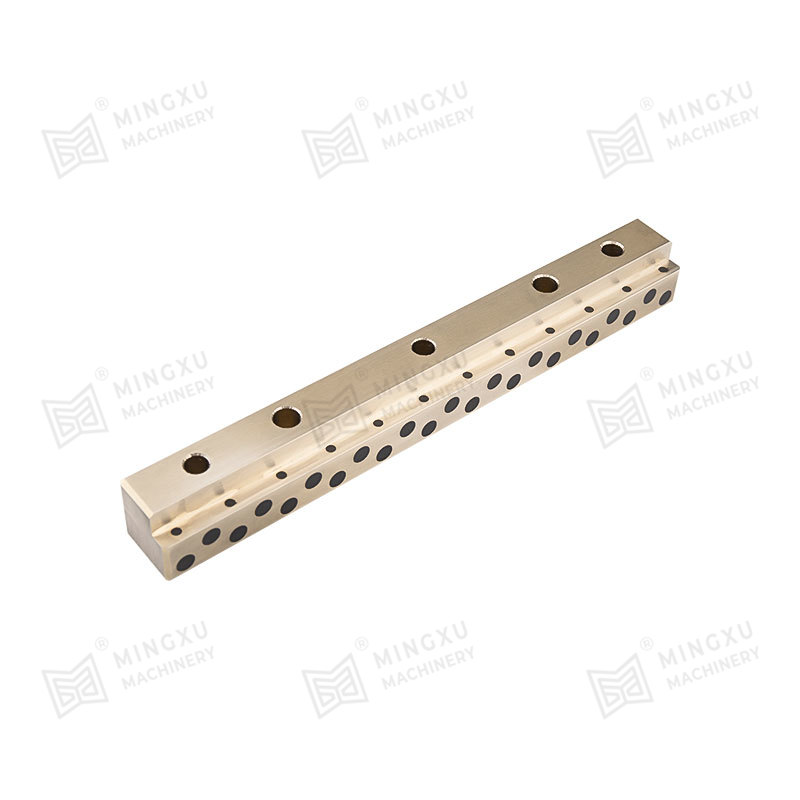
MXB-JGLXS guide rails are parts installed on both sides of the side core-pulling slider to ensure that the side core-pulling slider moves back and for...
See Details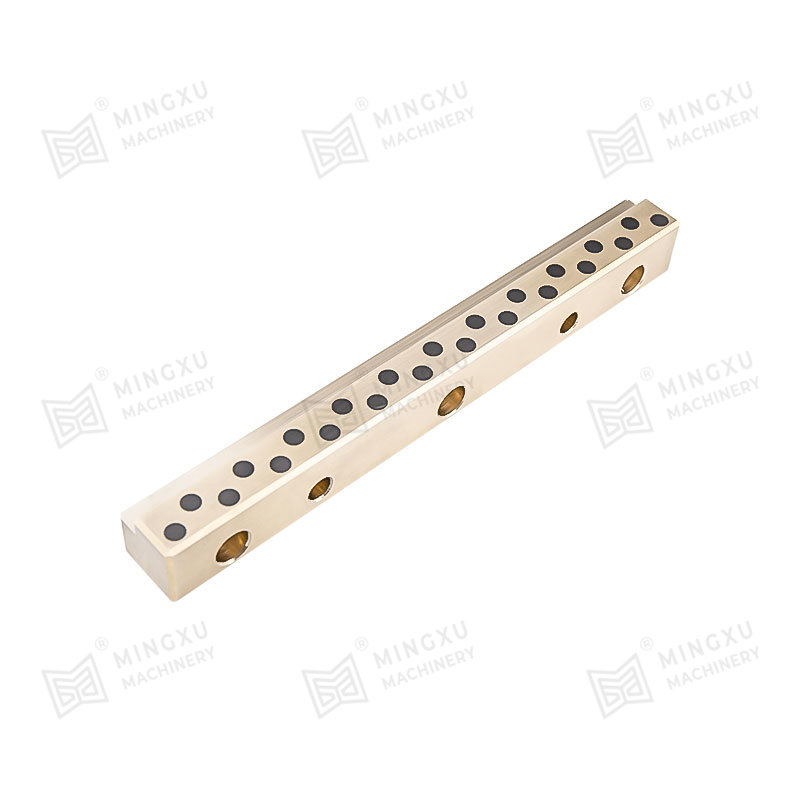
MXB-JGLX self-lubricating guide rails cover multiple properties such as high wear resistance, high temperature resistance, corrosion resistance, etc.,...
See Details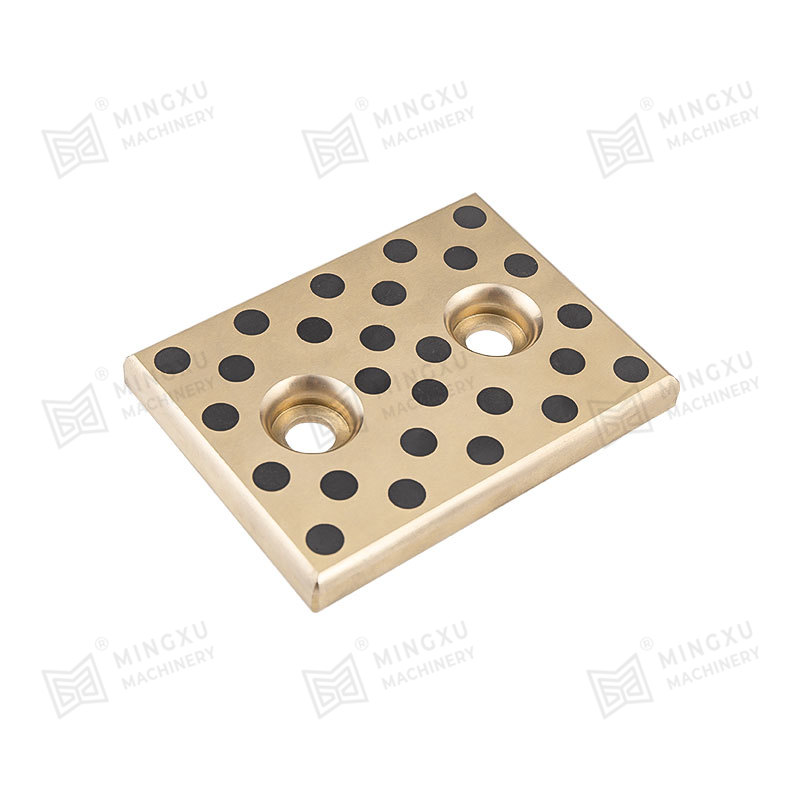
MXB-JSP self-lubricating wear-resistant plate is suitable for injection molding machines, automotive stamping molds, tire molds, factory machinery (ex...
See Details
Normally, the push plate is supported by four reset rods. However, due to the low installation accuracy of the reset rods, when the push plate is larg...
See Details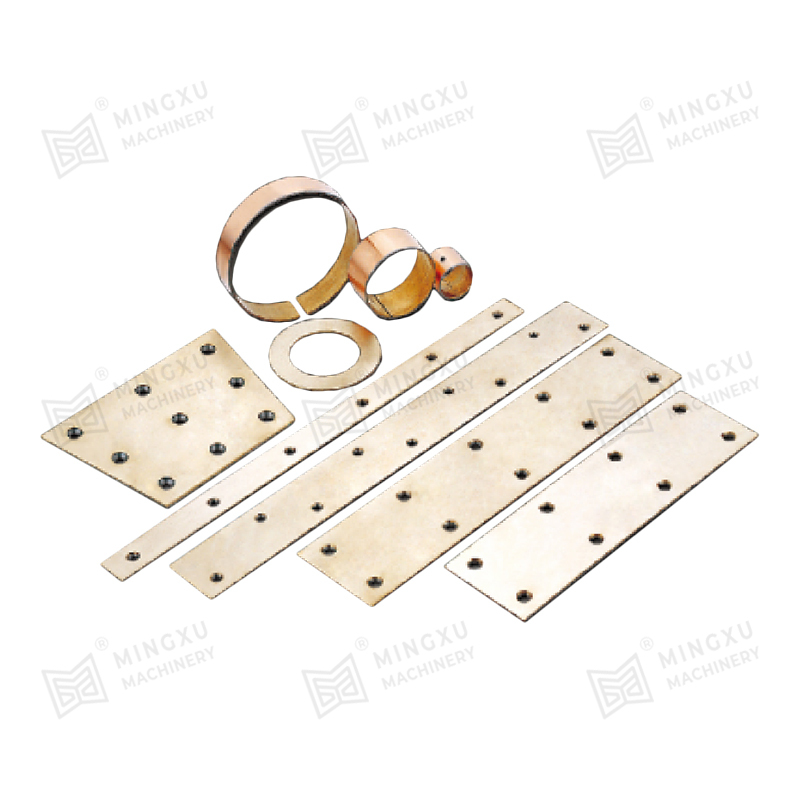
MX2000-1 graphite embedded alloy bearing, MX2000-1 graphite scattered alloy bearing is an improved product of JF800 bimetallic bearing. It has the pre...
See Details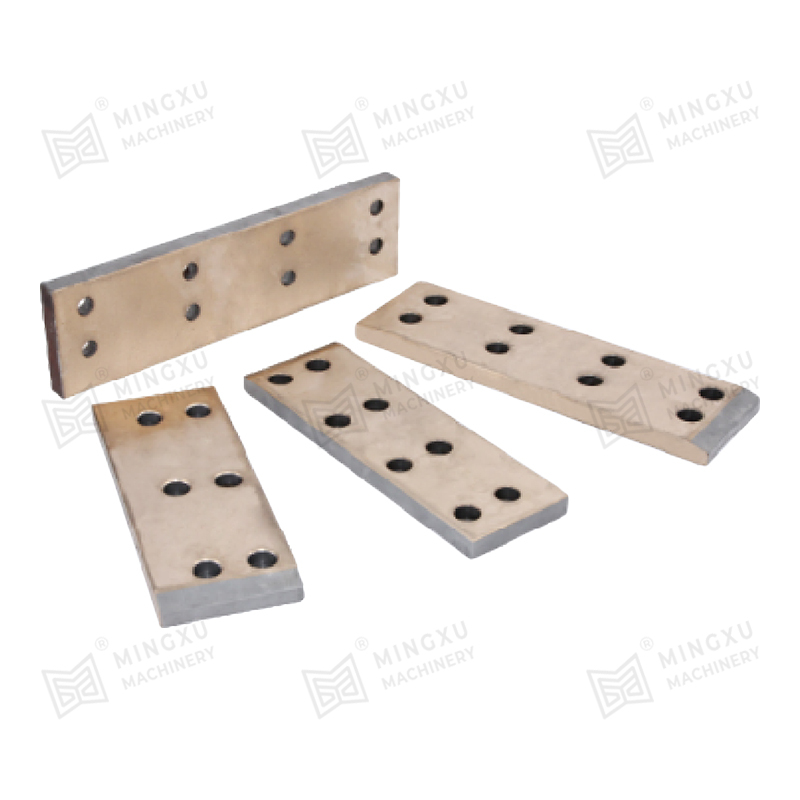
The bimetallic slide plate with wear-resistant alloy sintered on three sides is a new type of self-lubricating plate. Compared with the general single...
See Details
SF-1SS is a highly corrosion-resistant and wear-resistant bearing made of stainless steel as the base material and PTFE sprayed on the surface. This m...
See Details
Contact Us